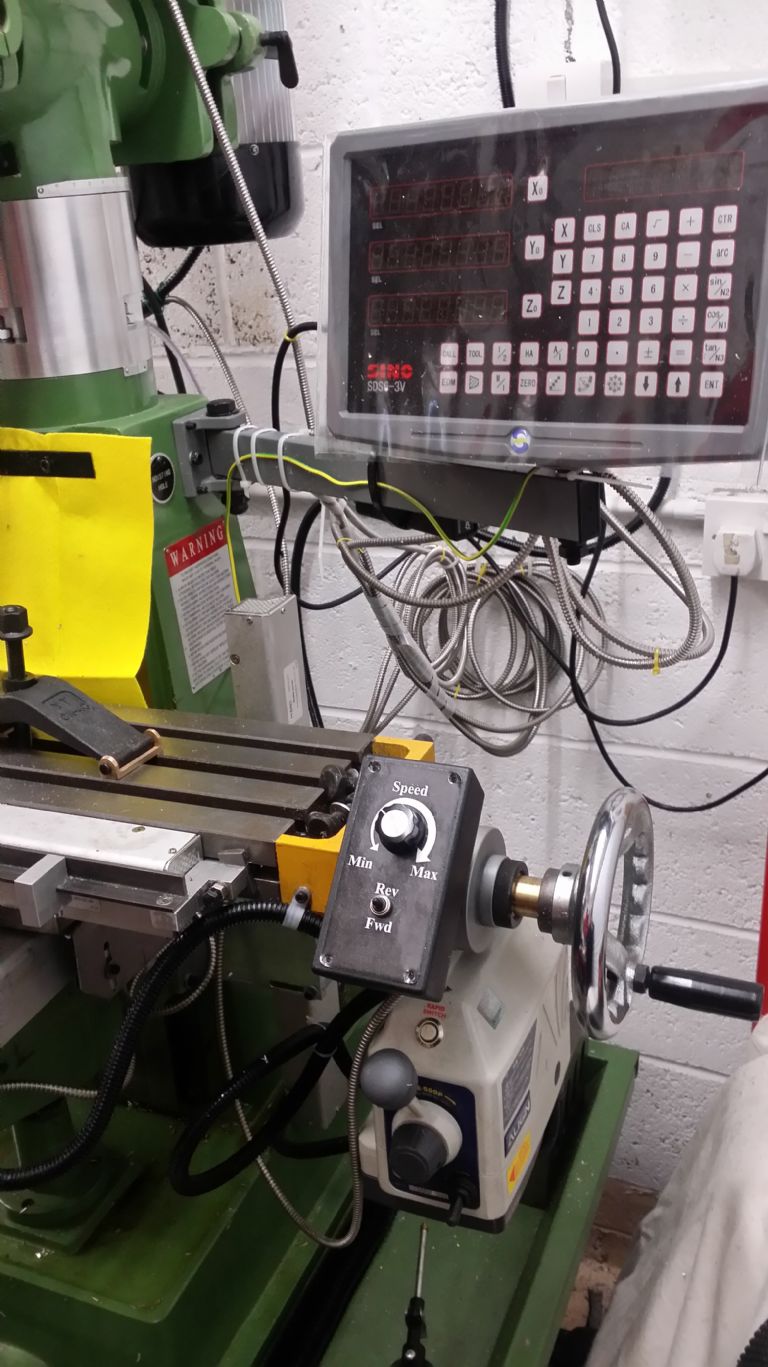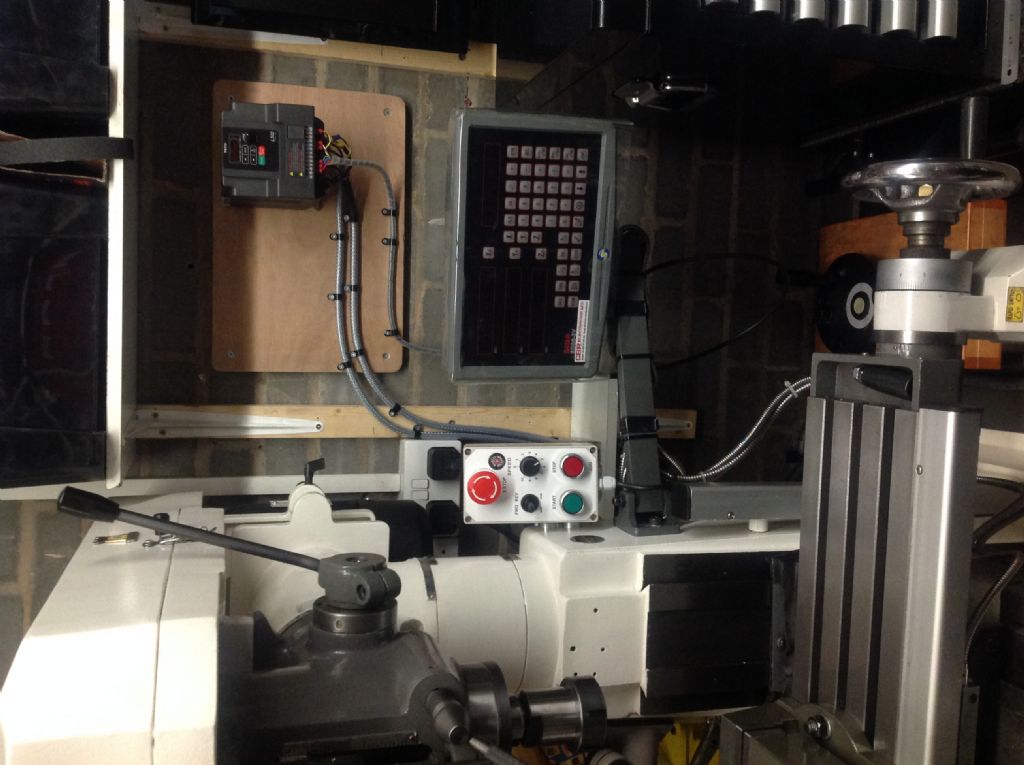Warco VMC
Warco VMC
- This topic has 56 replies, 17 voices, and was last updated 2 February 2017 at 08:03 by
Stuart Bridger.
- Please log in to reply to this topic. Registering is free and easy using the links on the menu at the top of this page.
Latest Replies
Viewing 25 topics - 1 through 25 (of 25 total)
-
- Topic
- Voices
- Last Post
Viewing 25 topics - 1 through 25 (of 25 total)
Latest Issue
Newsletter Sign-up
Latest Replies
- Selling an Expensive Item
- 24cc DIESEL ENGINE FROM SOLID
- Building Bernard Tekippe’s Precision Regulator
- Fitting DRO to Myford VME mill.
- moving 150kg+ machines inside warehouse
- Lathe floor height?
- Bending EN24t
- Bassett Lowke “Eclipse”
- Museum of Science and Technology of Catalonia
- Boiler Examinations: 7-yearly External Query


 I have, for a while, been looking at a new mill, the Warco VMC however what I don't like about it is the they way of changing the speed using the belt drive. My current mill had a gear box and its very easy to change the speed.
I have, for a while, been looking at a new mill, the Warco VMC however what I don't like about it is the they way of changing the speed using the belt drive. My current mill had a gear box and its very easy to change the speed.



